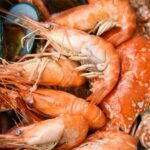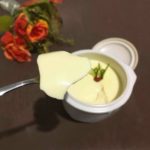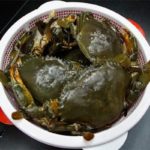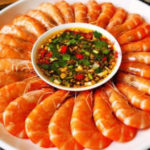Steaming seafood is a favorite dish for many as it retains the original flavor and nutrients. However, when buying seafood to prepare at home, many people find that their dishes don’t taste as good as restaurant fare, even when using fresh ingredients. This is often due to incorrect preparation methods, which directly affect the quality of the dish. For steaming, the temperature of the water also plays a significant role. So, when steaming seafood, should we use boiling or cold water?
Top chefs from seafood restaurants reveal that steamed seafood is superior to boiled as the steaming method cooks the seafood evenly with hot water vapor. This prevents the meat from disintegrating or becoming dry, preserving its natural sweetness and tenderness. Each type of seafood has a different steaming time. A general tip for steaming seafood is to use cold water instead of boiling water. Although this is a simple tip, many people tend to get it wrong, resulting in dishes that taste fishy and less appealing.
+ For shrimp:
Unlike boiled shrimp, steamed shrimp won’t shrink, and they retain their natural sweetness. However, when steaming, you should place the shrimp in the steamer when the water is still cold. If you use boiling water, the proteins in the shrimp will coagulate rapidly, causing a loss of nutrients and making the meat stick to the shell. During the steaming process, once the water starts to boil, cook for an additional 4 to 5 minutes, then turn off the heat.
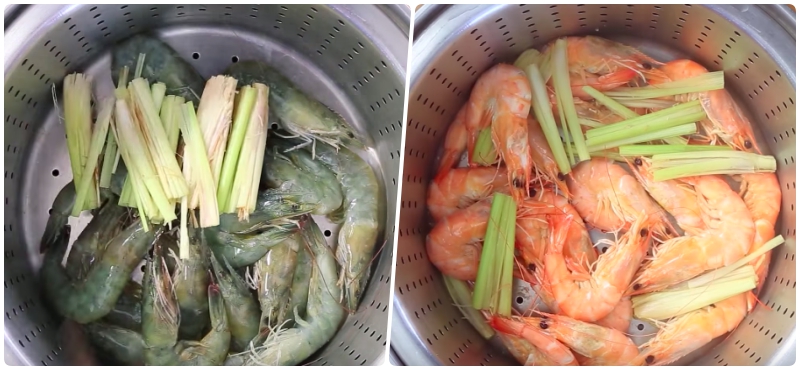
Place the shrimp in the steamer when the water is still cold.
+ For crab and crayfish:
Crab and crayfish also need to be steamed with cold water to retain their delicious flavor. If steamed directly with hot water, the crab won’t have an appealing color, and its sweetness will be diminished. It may also lose a claw during the steaming process, making the dish less attractive.
When placing the crab in the steamer, ensure that its belly is facing up. From the moment the water starts to boil, maintain a steaming time of about 10 minutes. Don’t oversteam the crab, as this will overcook the meat, reducing its natural sweetness and making it chewier.
+ For snails and shellfish:
Similar to shrimp and crab, if you steam snails and shellfish with direct hot water, their meat will contract, causing a foul odor and toughness. They only need to be steamed for 5 to 10 minutes. Avoid oversteaming, as this will make the meat bland and shrink.
+ For fish:
When steaming fish, cold water is also essential. Once the fish is placed in the steamer and exposed to hot water vapor, its meat will quickly contract, affecting its taste and texture. Steaming fish with cold water results in a sweeter and more delicious dish. You can also add some chicken or pork fat to enhance the fish’s tenderness and smoothness.
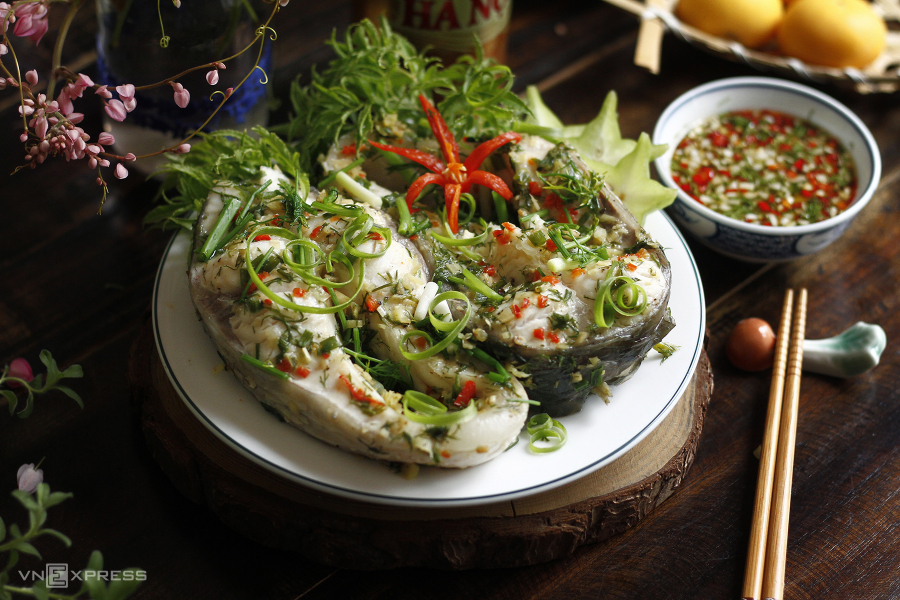
Use cold water when steaming fish.
**Some tips for steaming seafood:**
+ The preparation step is crucial:
This stage is vital for removing the fishy smell while retaining the delicious flavor. Use white wine and vinegar to marinate the seafood for about 3 minutes to significantly reduce the fishy odor.
+ Add spices such as sliced ginger, lemon, or smashed lemongrass, and sprinkle them directly onto the seafood to mask any unpleasant odors.
+ Don’t oversteam; seafood is at its most delicious and flavorful when steamed for approximately 10–15 minutes.
Master the Art of Steaming Seafood to Perfection
“The key to creating mouth-watering, perfectly steamed seafood lies in mastering the art of preparation and a few clever tricks. Enhancing the steaming process with ingredients like ginger, lemongrass, and a splash of white wine can take your seafood feast to the next level, ensuring a delightful and flavorful experience.”

























